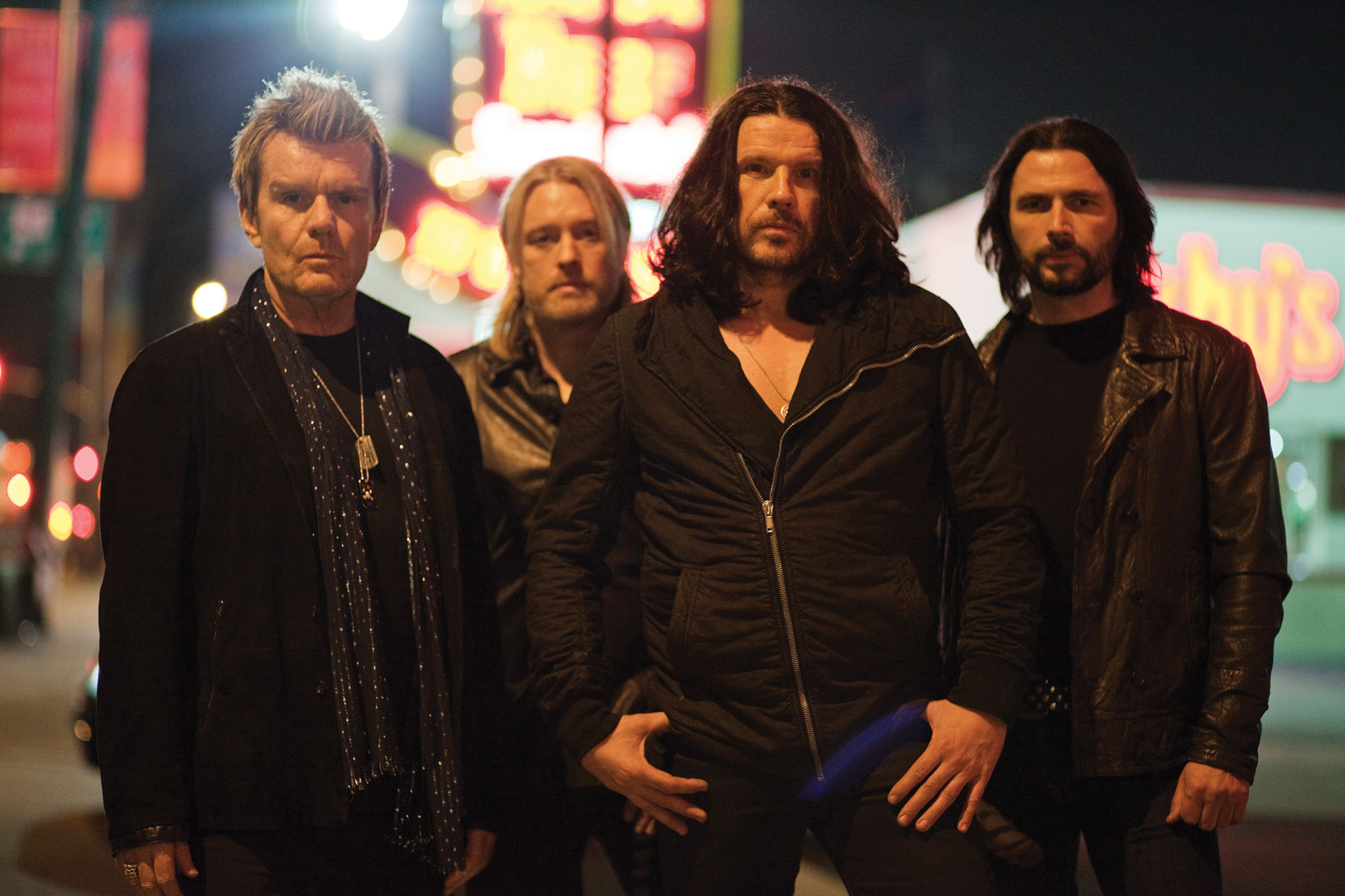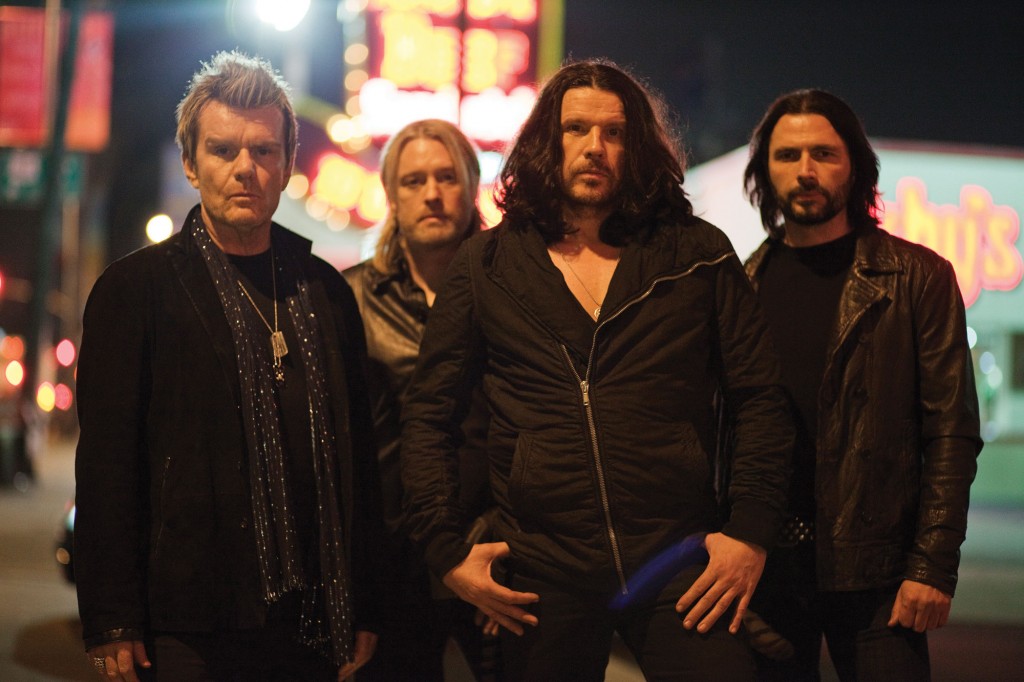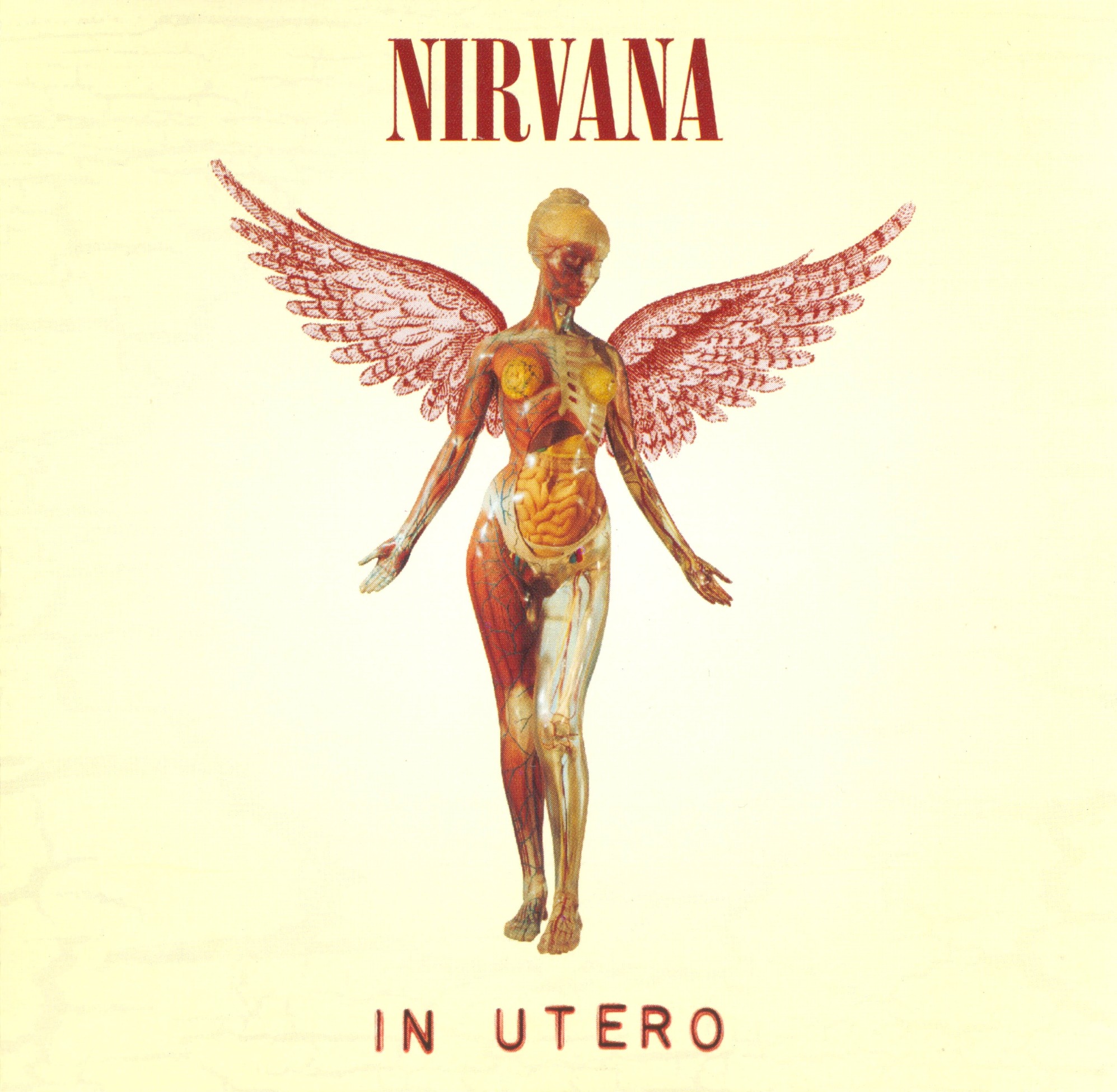With the release of Electric Peace, we take a look at one of British rock’s true underdogs – The Cult. Unfairly maligned in the 21st century, but still possessing a devoted hardcore following, they blazed a trail through the 80s, winning back the soul of rock from the ashes of punk. With the re-release of Electric, the group’s 1987 masterpiece, now is the perfect time to look at the making of this incredible album, and the long lost unreleased album that should have preceded it, Peace.
1985 had been a very good year for The Cult. Having originally evolved out of the London based ‘positive punk’ band, Southern Death Cult, they then became Death Cult, before dropping the ‘Death’, and adopting the definitive article. 1984’s Dreamtime had been a promising debut, a surging, gothic shimmer, full of Wild West and Native American Indian imagery.
The follow-up, Love, was even better, a magnificent expansion of everything they’d done on the debut, sleeker, sexier, and darker than anything else atthe time, firmly establishing the band as the undisputed kings of gothic rock. The hallmark of Love was the production, which married the neo-psychedelic riffs of Billy Duffy to the primal holler of Ian Astbury, all sparkle and shine. ‘She Sells Sanctuary’ had been a monster hit, propelling the band from the underground music press into the heart of the mainstream, and with America beckoning at their feet, it seemed The Cult could do no wrong. Now all they had to do was to make a new album.
Retiring to the Manor residential studio in 1986, the band continued to mine the formula that had brought them mainstream success for the follow up to Love, the imaginatively titled Peace. Eventually, the album was in the can, a set of stadium sized riffs that made ‘She Sells Sanctuary’ seem small and modest in comparison. ‘Love Removal Machine’ seems to have a billion shimmering guitars exploding from every angle, and drums that could shatter the earth. ‘Wild Flower’ drives forward with a dark intensity, whilst ‘Conquistador’ jettisons Astbury’s regular Native American Indian imagery in favour of something darker. The real change, however, was that the riffs seemed no longer afraid to admit that they were rock riffs, any post-punk orthodoxy firmly set aside. Peace announced The Cult as a Rock band, and a thoroughly modern one at that.
And then something very surprising happened. A chance meeting with producer Rick Rubin, then best known for his work with hip hop label Def Jam, led to a deal where he would do a remix of ‘Love Removal Machine’ to be used as the lead-off single. When he got back in touch with the band, thenews was not quite what they were expecting.
Rubin hated the single, thinking it wasn’t up to release, but offered to re-record the track from scratch. He was riding on a wave of critical acclaim, so The Cult figured they might as well have a go. The results were totally different, stripping back the walls of heavily treated electric guitars to a straightforward, heads down, biker rock sound. By the time the track was finished, Peace was dead, and Electric was born.
This change that overcame The Cult cannot be overstated. With Rubin helping them to re-record the whole album, the entire ethos of the band had completely transformed. Gone was the gothic majesty, replaced by a hard rocking sensibility, more akin to AC/DC than The Sisters of Mercy. When Electric was released, a large part of the band’s long time fanbase deserted them, horrified at what they’d become. But the rest of the world sat up and took notice. Electric established The Cult as THE bad boy rock and roll carnival, and now that they’d started down this road, there was no going back.
 
‘Love Removal Machine’ was transformed into a swaggering, sexy rock beast, channelling ‘Start Me Up’ by the Rolling Stones, whilst ‘Wild Flower’ had a riff that stank of booze, and was in dire need of a shave. New additions like ‘Lil’ Devil’ rode dirty riffs on the back of a Harley into the heart of the desert, whilst ‘Electric Ocean’ was almost speed metal in its composition. The band was trimmed to the bare bones, and coupled to Rubin’s bone dry production, they unleashed an album that is as fresh sounding now as it was back in 1987, a record that steadfastly refuses to date. Hitting the road with the likes of Metallica and Guns N’ Roses, Electric gave The Cult a new lease of life, and provided vital inspiration to their new peers; Appetite for Destruction and The Black Album owe no small debt to the work of The Cult, whether they would admit it or not.
With the release of Electric Peace, fans can finally hear the album that The Cult had intended to originally release, and whilst it’s baffling in a sense that it was shelved, it’s even more baffling how these songs took on a new lease of life. Peace is a thing of beauty, an immaculately crafted object that sparkles and shines like a new penny in the midday sun. But it doesn’t rock. At all. Rubin’s genius lies in his ability to detect what The Cult somehow wanted to do, even if they didn’t quite realise it themselves. Electric is dirty, raw, and sexy. And it rocks very hard. But they both have their merits, and if you stick on either version of ‘Love Removal Machine’, it’s pretty clear that The Cult are a band that we all still need in our lives. Steven Rainey







